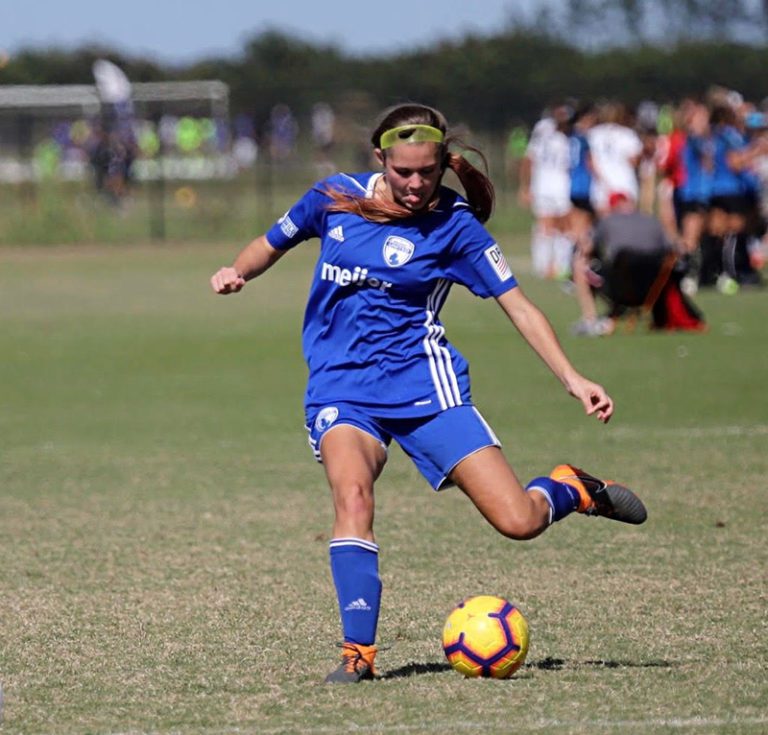
Can Young Athletes Take Creatine?
Let’s break down what creatine is, how it’s used, and if it’s safe for your teen athlete to use.




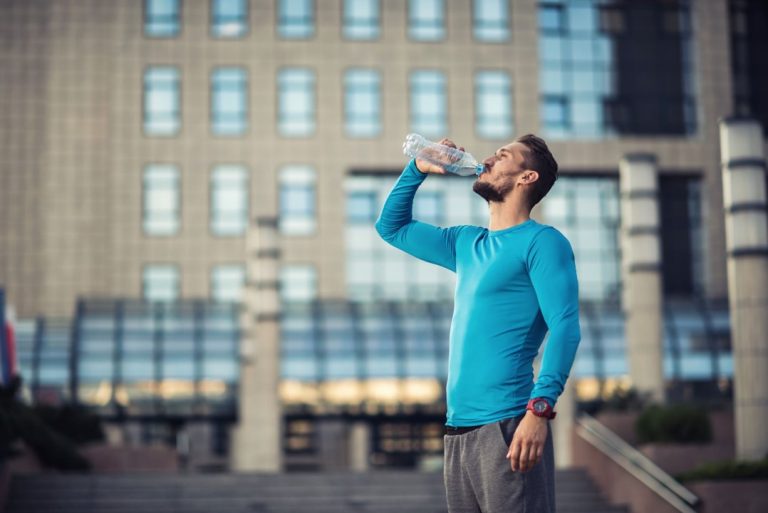
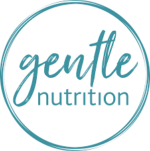

Food Freedom Made Simple A term you may see a lot of on social media lately is “food freedom”. This ideology, if you will, is combatting old practices of dieting and instead giving individuals the freedom to eat foods without…


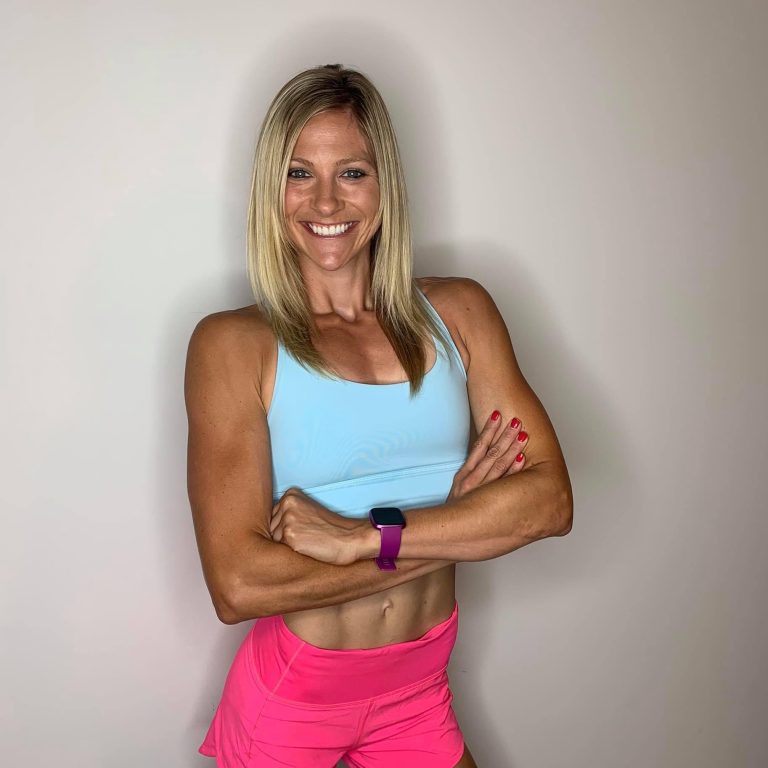
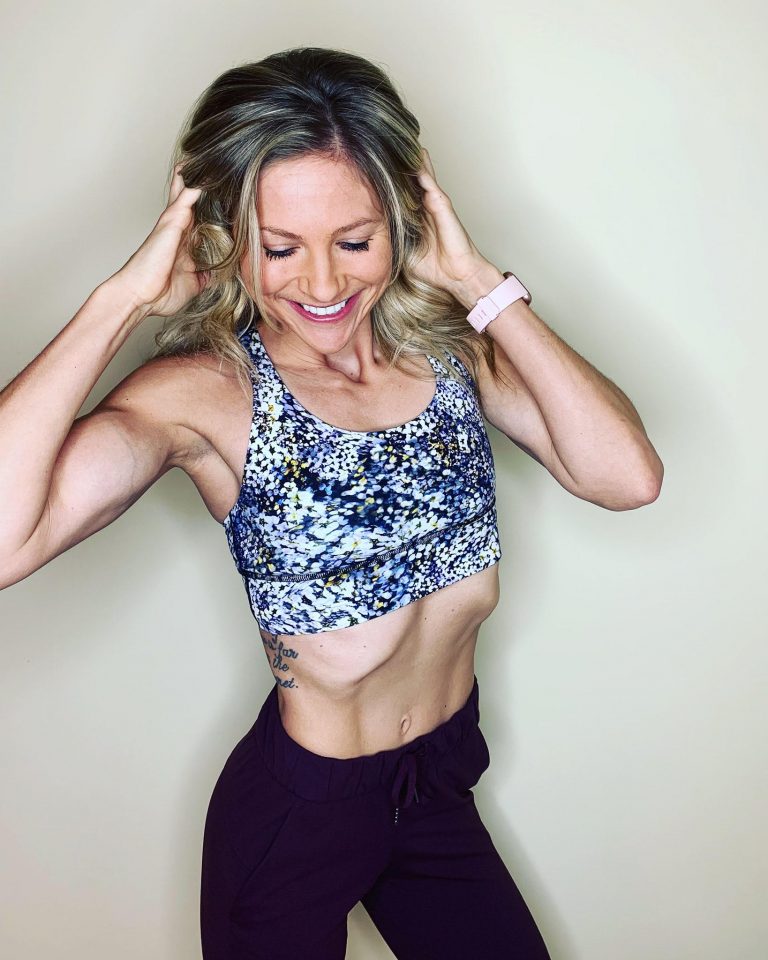
Have you ever felt “out-of-control” in areas of your life that you know Jesus wants you to be better in? I am not talking about attending church or worship here. Yes, you should absolutely attend regularly and seek His word.…

Movement is medicine Research shows that even just 150 minutes/week of physical activity for adults can not only treat chronic conditions like cancer, type II diabetes, and heart disease but can also help prevent them according to the American College…